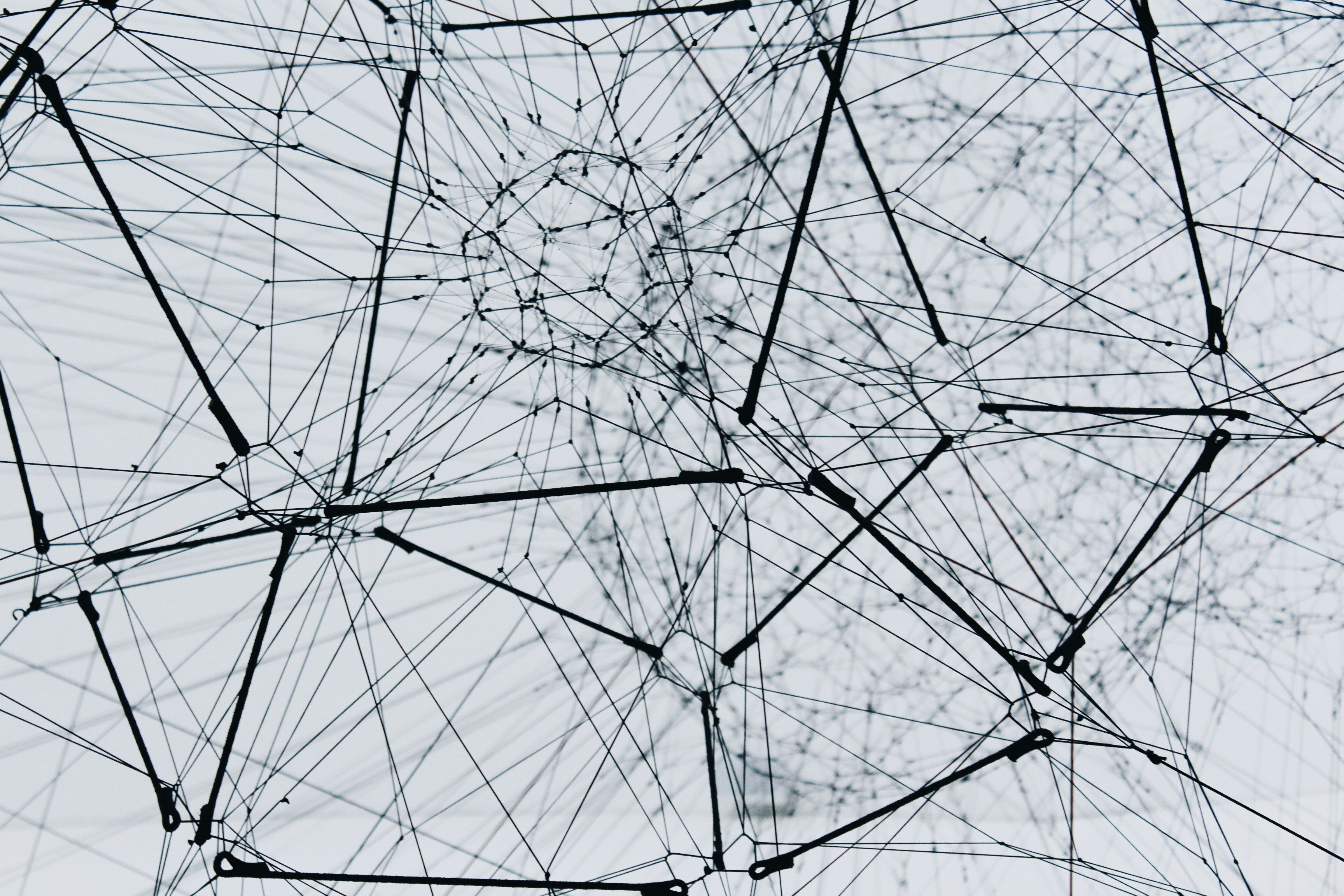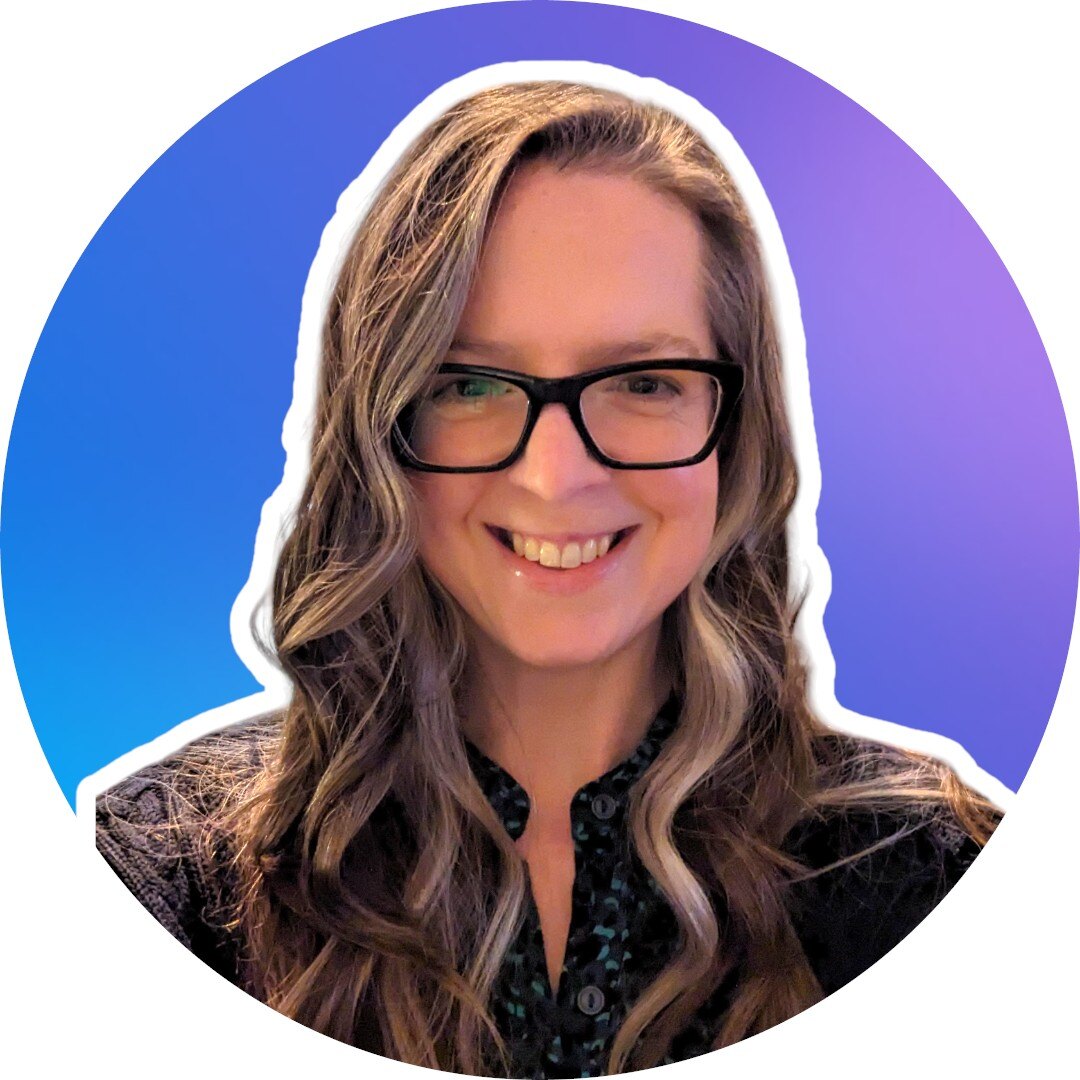We covered a lot of ground over two packed days in a country hotel in Windsor.
This was the first event of its kind from the CLO100 team; an experimental, immersive format they hope to repeat. Far from the usual London events, this one had us staying over, sharing meals, and leaning into two full days of learning together.
Positioned as a deep dive into the skills and behaviours every senior L&D professional needs to influence at the top, I was a very willing guinea pig.
Here’s a whistlestop tour of the sessions and ideas that stuck with me...
Into the darkness we go!
Sam Conniff kicked us off with a keynote on uncertainty.
It always feels like a guilty pleasure when we’re encouraged to self-reflect and focus on our own learning, parking ourselves as exclusively enablers for others. Downright indulgent.
But after some time of digging deep, asking ourselves tough questions, and shining a light on our own development areas, we were reminded of the blindingly obvious: spending time on upskilling ourselves, challenging our own thinking, and mapping out the expanse of what we still don’t know is not ‘nice to have’ - it’s vital.
How else can we authentically bang the drum for learning in our businesses, and lead with (thank you, Sion Taylor, for this behaviour) robust humility, if we don’t dedicate time to it ourselves?
Sam took us on a journey into the unknown - the good, great, and delightful aspects of uncertainty - should we go forth with open minds.
He shared a study which found 80% of our thoughts are negative; 90% are repeated from the day before, and only 2% of them ever come true. "Worry works on a loop." The irony is, most of that 2% (as self-reported) led to growth.
It reminded me of Baz Luhrmann’s ‘Everybody’s Free’ lyrics:
"The real troubles in your life are apt to be things that never crossed your worried mind. The kind that blindsides you at 4 p.m. on some idle Tuesday."
And yet, the worry continues.
We were encouraged to face our sneaky safety behaviours - the things we reach for when we’re overwhelmed and unsure of what’s ahead. Picking fights was number one. Doom scrolling another (tick).
"In moments of uncertainty, we rely on our biases."
By considering how we show up when the pressure’s on and things feel out of control, we gained a deeper understanding of ourselves, yes - but also our colleagues, our partners, and the leaders we’re trying to figure out and support.
And at a time where ‘AI’ is part of every conversation, it felt good to connect to the deeply human.
We talked about the negative behaviours triggered by uncertainty and fear: imposter syndrome, procrastination, self-doubt, self-sabotage.
"The uncertainty is professional, the emotional cost is personal."
We also looked at the gains of treating uncertainty as less of a threat and more of an opportunity. We listened to snippets of stories from entrepreneurs who’d not only faced adversity but turned it into an advantage - and felt inspired, and a little braver.
"Uncertainty generates neuroplasticity."
I once heard this described as imagining your brain as a ski slope, where the same thoughts travel down the same paths over and over. Anything that helps with neuroplasticity is fresh snow.
"If open-mindedness is key to making good decisions, how often are we in an open-minded state?"
The session got me thinking about the primers at play. I was (and still am) keen to speak to Sam about the role of previous experience, perceived risk, and perceived strong ground. As in: what happened the last few times we found ourselves on the precipice? How much do we stand to lose? And how soft will the landing be?
We are the stories we tell ourselves.
Life outside our bubble
Helen Fisher spent time talking us through the megatrends shaping L&D - zooming us out from inside our heads and far beyond the walls of our businesses. Sometimes we’re so busy delivering within our contexts, we forget to pay attention to what’s happening in the world and its potential relevance.
She shared research and studies spanning economic, sustainability and demographic trends, and splintered us into table groups to consider their implications and how we could adapt.
Here are the ones I noted down and thought over:
-
69% of businesses plan to shift to near-shoring (sourcing goods locally/regionally). What does it mean for recruitment, supply chains, travel, work design? Looks like globalisation isn’t cool anymore. My own research points to Covid and Brexit as two major factors that have sparked the desire for more local control.
-
39% of current skills will be obsolete by 2030.
It sounds pretty shocking on the surface, but I’m inclined to think it’s more that existing skills will need to evolve and be applied in new ways, rather than completely different ones that throw L&D into upskilling-driven chaos. -
ESG is increasingly linked to executive pay (93% of European companies) and is being tied to business success.
-
Demand for green skills is up ~46% in the last year in the UK.
On ESG, C-suite think they’re doing more than ever, whereas employees think it’s been deprioritised. Makes me think about the gap between what’s discussed at board level and what’s felt day to day. Also, the danger of communication strategy revolving around ‘hot topics’ instead of consistency and reinforcement.
Helen also showed us a multi-dimensional view of ‘age’: chronological, functional/cognitive/physical, , organisational age (career stage, tenure, skill obsolescence/gain), etc. L&D professionals need to think about how age and life-stage affect motivation, capacity, and learning design.
We also spent time on the ESG-AI paradox.
"AI will help organisations work out how to hit net zero." - Sony.
While at the same time, we know about the huge demand our AI usage places on water and power supplies.
"AI’s carbon footprint now exceeds the aviation industry."
This raises ethical and practical questions for L&D: how do we champion AI adoption while being mindful of sustainability goals?
Stepping up our commercial acumen
I was not looking forward to this session from Quantic. Start talking to me about complex numbers and watch the colour drain from my face. So imagine my surprise when I found it was my favourite session of the event. An impressive turn around thanks to Karen Findlay and Karen Beddows.
It was pitch perfect. Accessible enough to settle my nerves and grasp the key concepts. Interesting enough to stop me drifting into unpleasant memories of extra maths lessons.
We were encouraged to discover the commercial priority in our business - the more, more, more model: "more people, spending more, more often." In other words, is it new customers, upselling to existing customers, or customers spending more regularly? For L&D, understanding this is an opportunity to align with the strategy and invest in driving the right skills.
We spent just enough time considering a typical P&L. We considered the value of:
-
Understanding where the sensitivities are in the overheads (people, research, property etc.), so we can understand the impact of Helen’s megatrends and developments like NI hikes.
-
Linking L&D impact to cost centres or revenue drivers. For example: L&D supports recruitment cost reduction.
-
Articulating how what we do matters commercially - or as someone on my table put it, "this is why you can’t do without me." Including metrics like L&D budget vs. cost to replace talent etc.
-
Working out the cost of inaction - make the trade-off visible between investing in capability vs. doing nothing.
There’s nothing I love more than walking away from an event armed with lots of immediately applicable strategies. This week, I’ve been giddily talking about my plan to calculate the cost of a leaver, and how these elements will show up in our people strategy. I’ve never been so excited about commercial clout.
I’m not as intimidated by the numbers - I’m energised by the game-changing impact of interrogating them.
Finally, we mapped our key stakeholders by type:
-
Champion (actively advocates)
-
Supporter (generally positive)
-
Spectator (neutral/observing)
-
Sceptic (passively or actively resistant)
"How do you accelerate to trust?"
I wondered if advocacy could be split: those who back you as an individual but have little interest in or awareness of the work you do - and vice versa. I haven’t spent enough time mulling it over, but I think a person could easily end up in only one camp - likeable but not credible, credible but not likeable. Note to self: be both.
Time for a story
Sion Taylor from Media Zoo got us thinking about how we put together pitches to the board - deconstructing it down to the powerful basics.
Using clips from the film Margin Call (a team navigating a difficult situation with the CEO), we looked at how emotion shapes buy-in:
-
Negative emotion = confirms change is needed
-
Positive emotion = confirms change is wise
We learned people favour ideas that are easy to recall and visualise - clarity improves influence - and that we should use language that can be understood by a well-educated 15-year-old.
Sion urged us to focus on brevity and clarity - cut the waffle, get to the point. And he shared this helpful messaging house:
-
Define your audiences - who are you speaking to?
-
For each audience: What do you want them to think, feel, say, and do?
-
Structure your story into:
-
Three key messages (each with a proof point)
-
Fits on one piece of paper
-
Tell your story in four sentences:
-
The challenge or problem
-
The solution
-
The benefit
-
The impact
-
-
One of my biggest takeaways was the idea of going into meetings with a "help the CEO" mindset. It really landed. I needed the reminder. I can get so focused on coming across well - being persuasive, influential, credible - that I forget something important: make it easy for the CEO to say yes. It’s about doing the lift for them, not adding to it.
A closing note
This was an intense, tightly packed way to run an event - minimal downtime, maximum focus. But what stood out most wasn’t just the sessions. It was how quickly strangers became allies. Sharing meals, staying over, reflecting together; by day two, the vibe had shifted. There was real warmth, genuine connection.
The end-of-day reflection prompts and pairing exercises nudged us into deeper conversations, many of which have continued well beyond the event. I’ve walked away with new thinking, yes, but also new people. People I’m still talking to. People I’ll learn from again.



